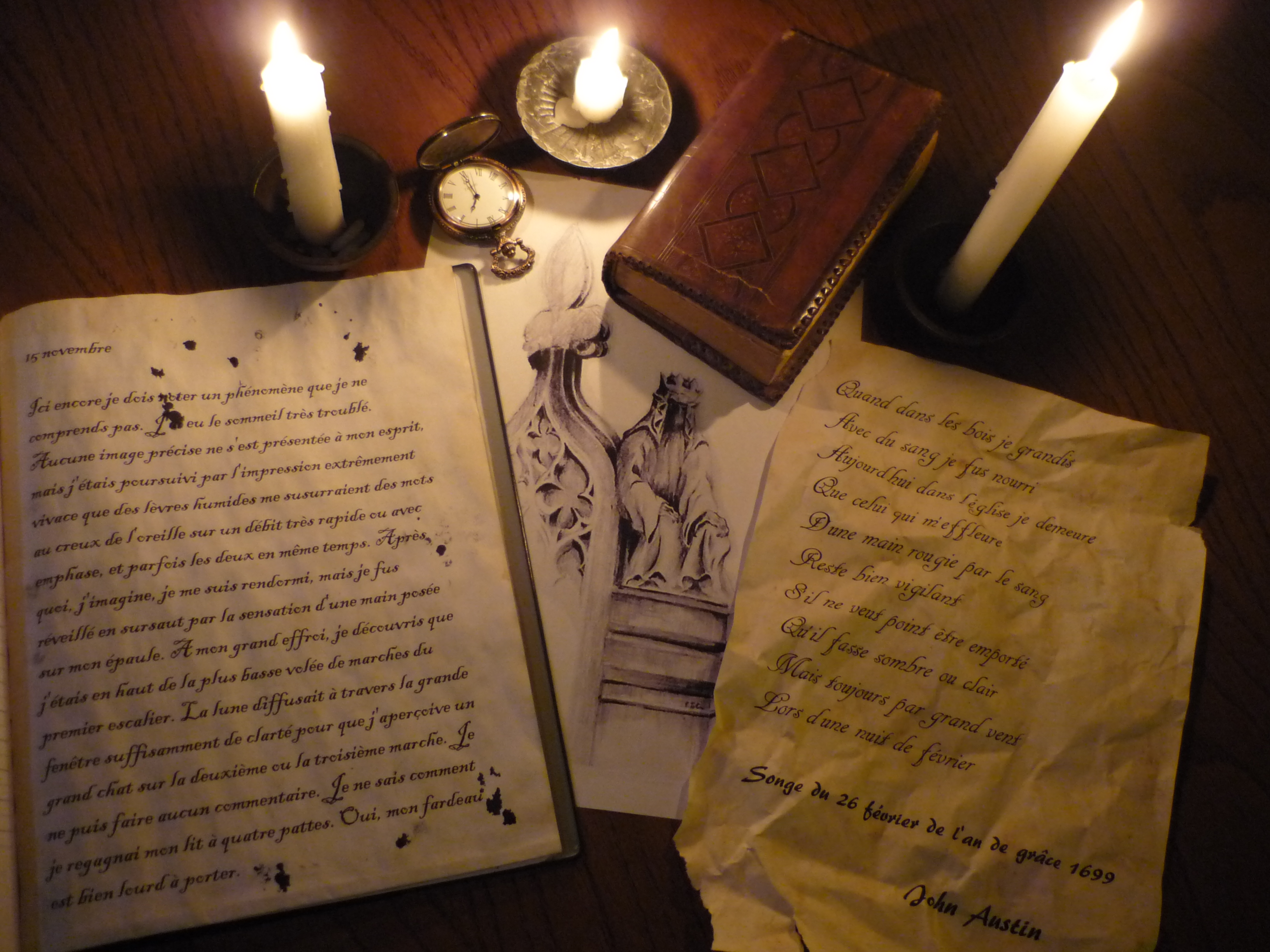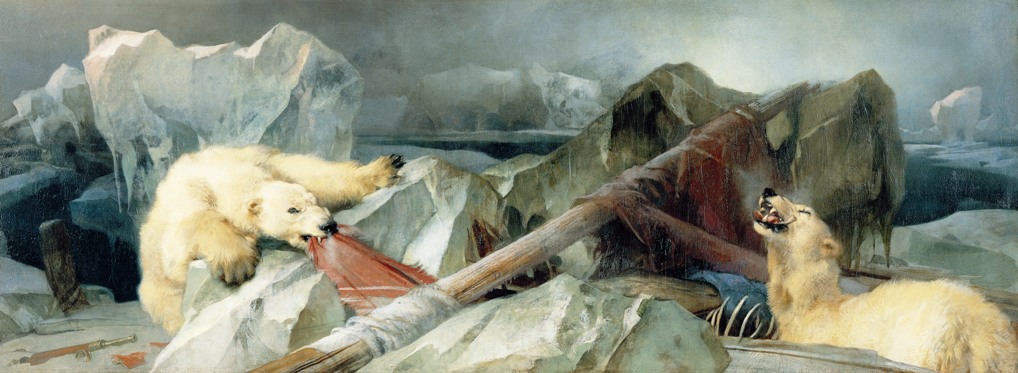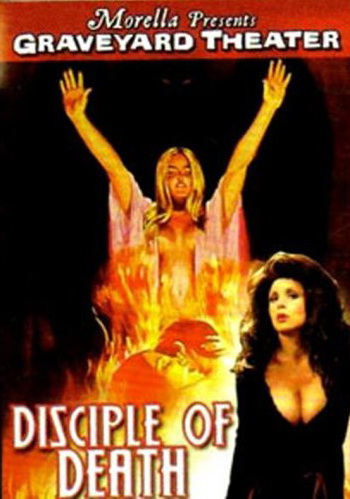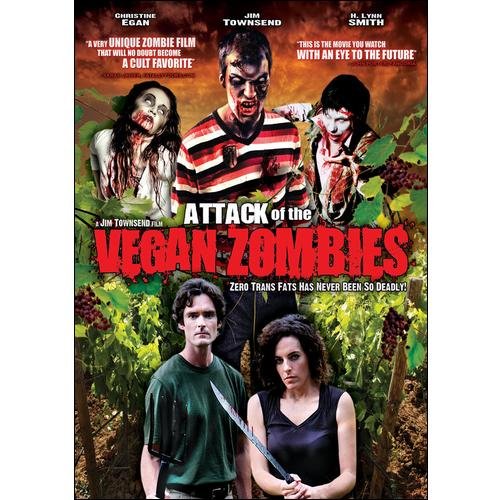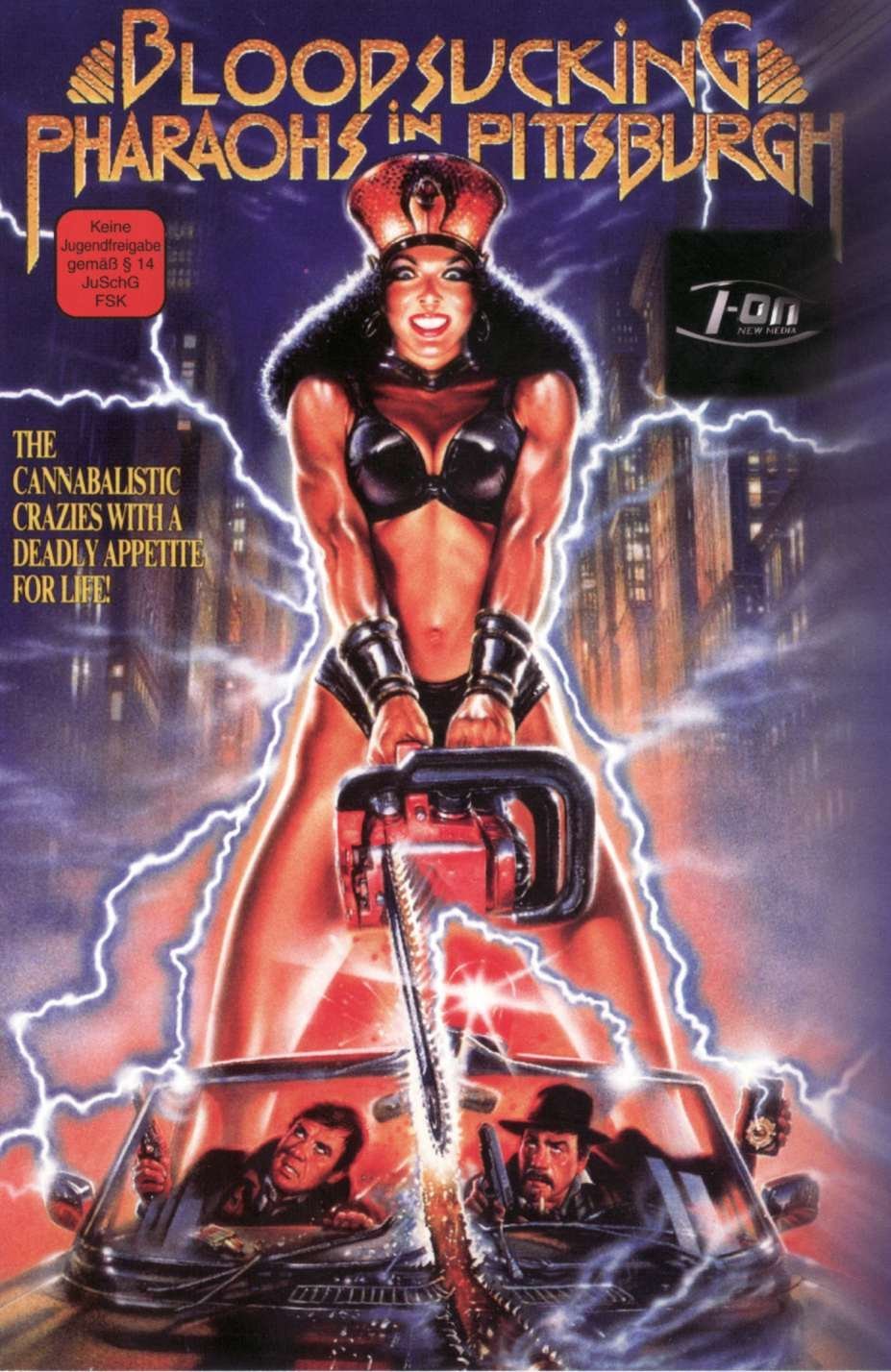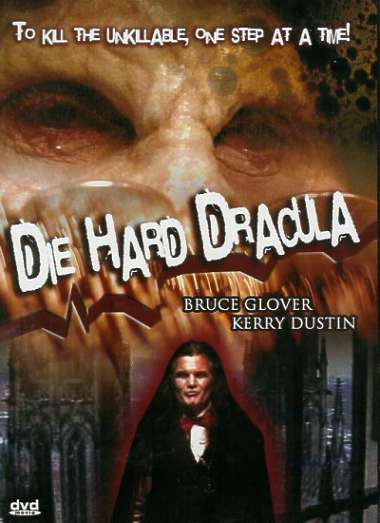The book consists of 13 stories, of which seven originally appeared in Supernatural Tales. There are also two new stories (one of novella length), one from The Silent Companion (journal of the literary society A Ghostly Company) and three from Ghosts & Scholars. And, of course, there's an excellent Paul Lowe cover.

The novella 'The Changelings' strikes me as a central piece, a summation of the author's interests and obsessions. The setting is contemporary, a London council estate where people live in soulless flats, the lifts break down, and residents rely on booze and sex to break the monotony. A group of friends, one of whom is into the occult, hold a seance. Something is conjured up and people start to disappear.
This may sound conventional, but what makes it a Chislett original is the way the everyday shades into the sensual and strange. The 'victim' of the incident has a body covered with a sort of paranormal graffiti, strange living patterns that mirror the stuff sprayed on the concrete of the estate. It becomes clear - though rather too late for Gary, the sort-of hero - that an ancient force is re-emerging on the estate and soon an entire tower block has been taken over. But by what? A nice touch here is that the tower blocks are named after poets, and it's Donne block that suffers the supernatural upheaval - Donne who had himself painted first as a distracted lover, then as a freshly-buried corpse, and who famously warned us not to send to know for whom the bell tolls.
Erudite references coupled with commentary on the turbulent, grubby and often violent history of of London distinguish most of these stories. Those that are not set in the strange district of Mabbs End are set in Milford, an area newly-gentrified but not purged of its strange perils. The first story of Mike's I published, 'The Waif', is a fairly straightforward account of a gangster who moves into a Milford riverside flat, only to encounter something even more dangerous than himself. Paul Lowe's masterly cover captures the atmosphere of the story. It's a tale of a London more dangerous than even its villains know.
If the Thames is timeless, mysterious, and fascinating, so is the city's literal underworld. 'Not Stopping At Mabbs End' plays with the idea that London's famous Tube tunnels might harbour ancient entities. Here a man discovers that his run-down local station seems to have a very busy waiting room, and that a seemingly attractive girl on the opposite platform is not what she seems.
Mabbs End is also central in 'Off the Map', a Machenesque tale of two rather whimsical, bookish friends and a very unusual edition of the London A to Z. As often happens in Chislett's fiction, a character is given a vision of the weird, numinous city that exists parallel to the one familiar to tourists and commuters. 'The True Bride', while one of the shortest tales here, offers some of the clearest exposition concerning what might be termed the London Mythos. An ordinary(?) man encounters a girl who describes her origins thus:
"The city made me... then unmade me. I say the city, but it was really the ones that devised the labyrinths. They were magicians, those ancestors. I was once a girl, just like the others. I met a witch-boy who told me of wonders, and I was changed."Sometimes characters seek out the strange, other London, at other times they might stumble upon it, Thus in 'The Middle Park' a couple out for a Sunday stroll become entangled in a distortion of space-time, a snare set for them by beings half-glimpsed. By contrast, the girl who enters a park after closing time in 'A Name in the Dark' is seeking an arcane truth about herself. The latter is one of a story cycle featuring modern witches - an epic saga that deserves a volume of its own.
The author does venture outside London, sometimes. There's the little village in 'Held in Common', a new story that offers a spin on the old 'weird things happen in rural England' idea. (No spoilers here - it's previously unpublished!) 'The Friends of Faustina' takes us on a jaunt to Brighton, where early film enthusiasts (Fletcher and Matthews from 'Off the Map') discover that a British pioneer of cinema left a dangerous legacy. There's a lot of dark humour here, as literary buffers mingle with Goths in a very strange pub. This and several other stories combine touches of the absurd with the eerie, and in that sense fall into the tradition of 'light touch' horror exemplified by M.R. James.
There's also a rather jolly tone in three Milford stories featuring the esoteric scholar Abney Scrope. Scrope is fact dead before the tales begin, but this doesn't seem to hamper him unduly. The stories are also linked by the presence of Equanimity 'Nim' Hand, an eccentric librarian and another of Chislett's memorably offbeat characters. Nim Hand is well aware that books have a life of their own, and those who do not respect them books with titles like A Treatise on the Chewing Dead are asking for trouble. Thus in 'Deceased Effects' an attempt to dispose of Scrope's books goes badly awry, and a similar problem arises at the Borough Library in 'Infernal Combustion', which also features a heroically dire pun. 'You'll Never Walk Alone', while tinged with humour, manages to make a serious point about the tacky activities of stage psychics.
In conclusion, this volume offers an excellent selection of Michael Chislett's work, giving a good idea of his range and talent. He is a unique voice in British weird fiction, skirting the boundaries of horror and fantasy, dabbling in folklore, offering glimpses of the weird amid wry depictions of the mundane. His is a unique voice, by turns playful and disturbing, and I hope it will be heard by many more people thanks to this handsome book.
